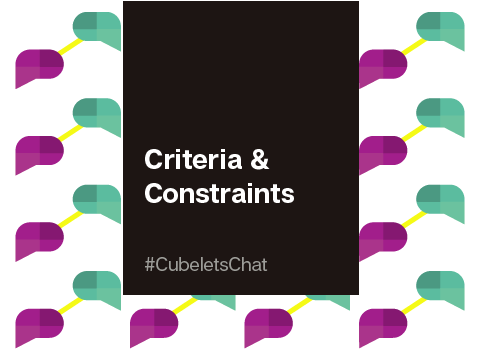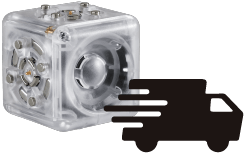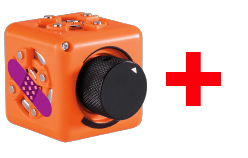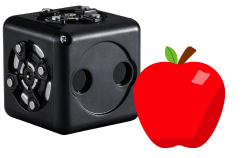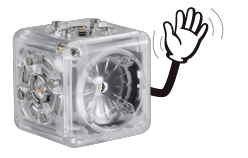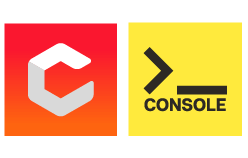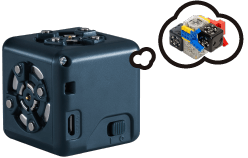As we incorporate STEAM opportunities into our classrooms, there are many different ways to scaffold an activity to meet our needs. Some projects lend themselves to student design from the very beginning, and others lend themselves to students solving a problem we’ve identified for them (like designing a maze-solving robot or a robot to help the blind). This balance is integral to exposing students to every step of the design process while also making sure we have time to address all the standards we need to cover.
But student motivation is a major factor in how efficiently we can work through material each year. One way to increase student motivation is to put students in the driver’s seat earlier, by introducing subjects with creative hooks and giving students the space to define the projects according to their understanding.
Every project students do requires a discussion of the criteria and constraints. Whether those are teacher-given or student-provided, criteria and constraints indicate how students will be assessed on their design.
Criteria are the requirements for a project. If any of the criteria are missing, then the design is incomplete.
Constraints are the limitations for a project. What will students not have access to? For instance, are there considerations about price, location, or size?
Having students define and explain the criteria and constraints of a project they design is also a great way to gather quick formative data about what students do and do not understand within a given subject. You could even use the criteria and constraints that students identify to aid in how you group students for each design challenge. Consider grouping together students who identified different parts of the prompt within their considerations for the project. How might that group’s robot differ from a group of students who all identified the same criteria and constraints?
How can student-developed criteria and constraints make your job easier while you facilitate this project? For instance, if we are designing a maze-solving Cubelets robot and students do not list as a constraint the fact that Drive Cubelets don’t actually turn, then they may find this design challenge frustrating without more guided support. You might choose to prompt students to investigate steering robots before switching to maze-solving as their goal.
Alternatively, if you have students who are focused on the limitations of the Distance and Brightness Cubelets for this challenge, you might give them an opportunity to explore maze-solving using a 3D maze simulator, or by having them simulate the limitations they’re concerned about by navigating the maze with only their hands (and a blindfold) or by building smaller robots first to help them hone in on which sensors they will need (and how many).
We have an archived lesson plan that can get you started if you are interested in exploring criteria and constraints with your students. However, criteria and constraints conversations are valuable in every design challenge. When have you had conversations about criteria and constraints with your students? Let us know how those discussions went!
